Inside: Use these 12 quick ways to create a positive classroom environment to increase kindness and support so students feel safe and ready to learn.
School has been in session for a while now and we’ve learned our kids’ names and taught them our routines and procedures.
They know where to find the pencils and what to do if they have to pee.
They know that they better bring a sweatshirt to class because the air conditioning will always be on full blast.
We’re all settling in for a great year.
But there’s one thing we sometimes miss because we’re bogged down in lesson plans and IEPs and staff meetings, and checking homework.
We must remember that we’re not just accountable for our students’ academic success. Their emotional well-being is also our responsibility.
We have to spend time on character education—respect, kindness, responsibility.
We must intentionally teach the Golden Rule and teach them how to show empathy and what to do if you see someone getting bullied.
And it’s never too late or too early in the school year to get started.
We can easily create a classroom culture that promotes a sense of family, a strong community and a positive place to learn.
We need to ensure that our room is a safe space for making mistakes, sharing ideas and working collaboratively.
Our students need to know that in our classroom they can be themselves, but, we expect them to be their best selves. And it all starts with creating a positive classroom environment.
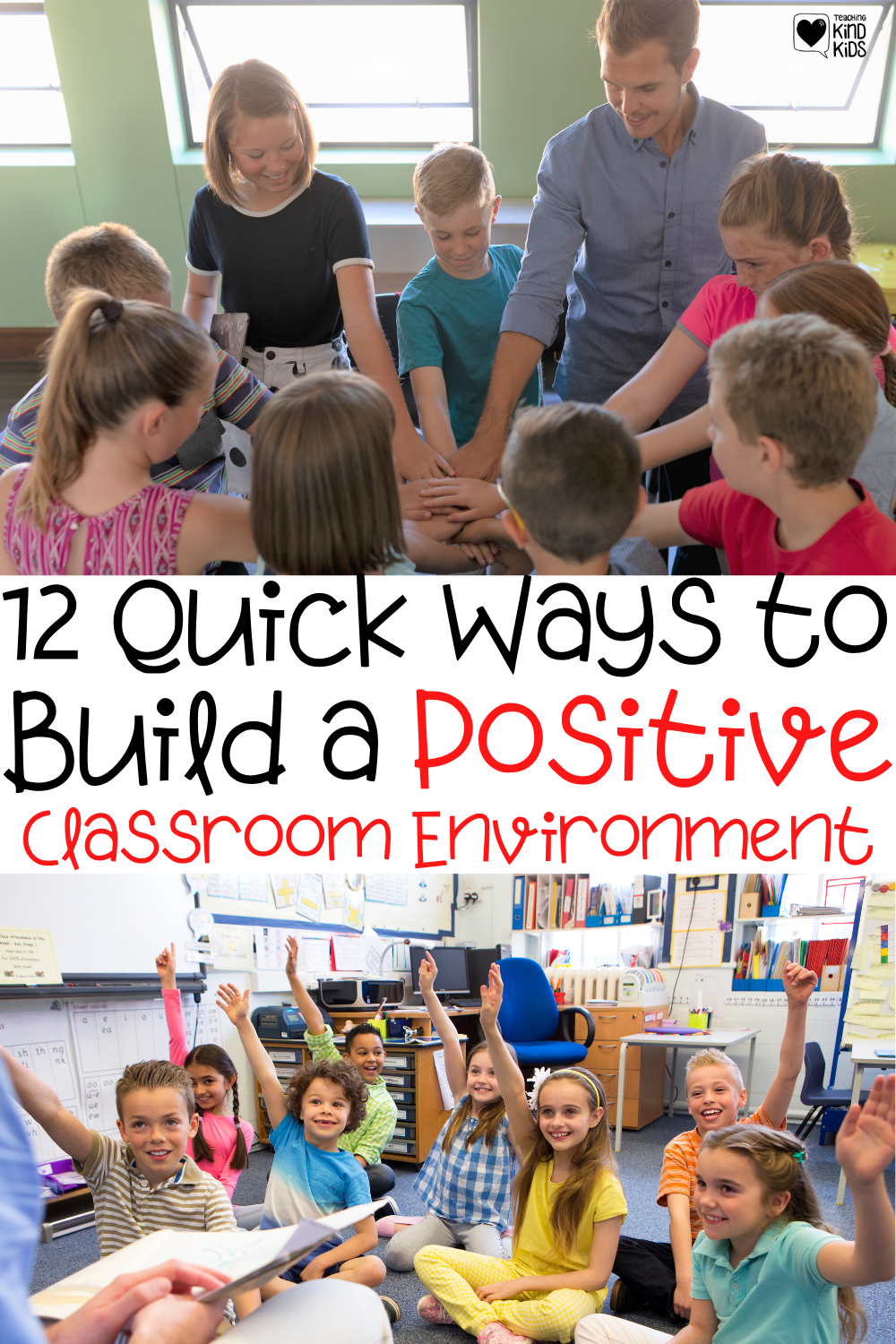
12 Quick Ways to Create a Positive Classroom Environment
I know your time is short. You’ve got more things to cover than you have minutes in a day.
And for secondary teachers, that time seems even shorter: you have a 55 minute snapshot in which to connect with each kid.
So here are some quick ideas to cultivate your classroom culture, to make your classroom a place where both you and your students want to be:
1. Have a Class Song
Play the same song at the end of every day or every period and teach them the words or teach them the sign language for it. Your students will forever connect you and your classroom with that song.
My choice was always Louis Armstrong’s, “What a Wonderful World.”
You could pick Journey’s “Don’t Stop Believing.”
But pick something meaningful and something you don’t mind hearing 180 times in a row.
2. Hold a class meeting and decide on your rules—don’t just have them posted on the wall.
What is important to you and to your students? For me, it’s always kindness and respect and following directions.
If we want to create a space for kids to raise their hands and share their thoughts and ideas, we have to create a classroom where they won’t get ridiculed for their idea or for making a mistake.
But since it’s also their classroom and you’re creating a community, ask them what rules would help make them feel safe. They can write down ideas and submit them to add to your rules.
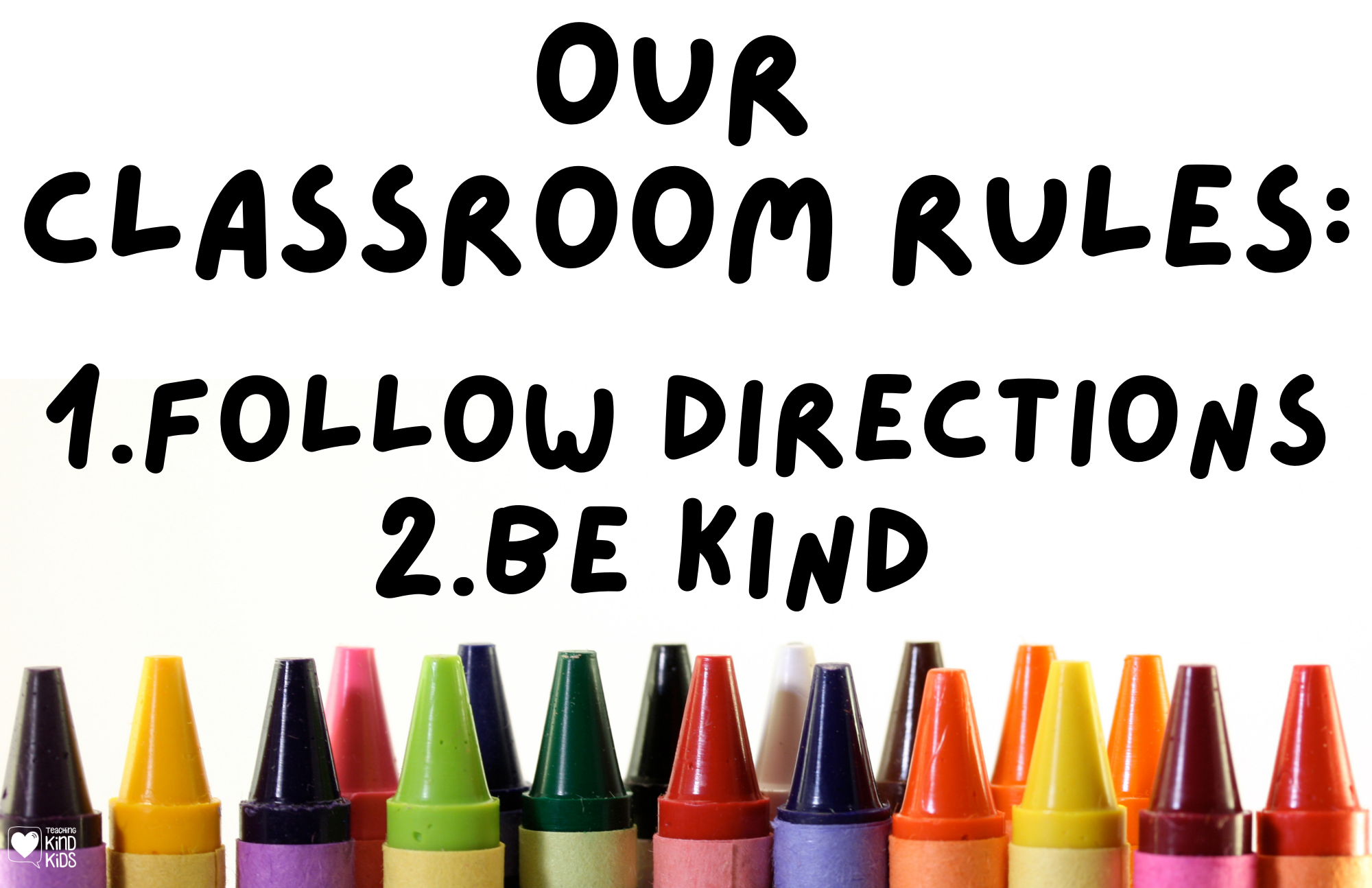
3. Channel summer camp and vote on a name for your class.
Room 32 is pretty boring. D-42 is equally boring.
So instead, pick a class name you can greet them with and you can call them by.
My daughter’s class was the “Fill-A-Bucket Kids” based off the book Have You Filled a Bucket Today? by Carol McLoud.
But your students could come up with something random, like “The Mighty Sandcrabs.” Go with it. The name doesn’t matter.
Your students having a group name creates cohesion and group unity.
4. Decide on a class cheer or chant or poem.
My favorite, though grammatically incorrect, is from The Help: “You is kind, you is smart, you is important.”
Or you can always borrow from a Saturday Night Live skit if you have to: “I’m good enough, I’m smart enough, and, doggone it, people like me.”
You could pull a famous quote from someone you’re studying or you could use something that relates to your class name.
5. Find fun and cheesy ways to praise each other’s successes.
I always felt more connected to those teachers who asked us to “kiss our brain” or give a “Seal of Approval” or offer finger fireworks for a job well done.
Some teachers encourage kids to give snaps when another student does well or air high fives.

6. Stand outside your doorway and greet every single student.
Sure you could be catching up on paperwork as students trickle in.
But taking the time to notice their new haircut or to ask about their math homework or their sick cat creates an environment that proves you really care about them as individuals.
Some teachers have special handshakes with each student or ask their students how they want to be greeted.
Even if you don’t want to get fancy, a simple “good morning” will be perfect.
7. Set up a compliment box in your classroom.
Students can write notes to each other (or to you), and offer praise and kind words.
I also made sure to write notes to students I know could use a pick me up or haven’t gotten a peer compliment in a while.
These notes lift each other up and focus on finding the good in others. Learning how to compliment someone and taking a compliment graciously are learned skills.
You can use these compliment cards:
8. Write students a note to connect to build a positive classroom environment
When a student has had a hard day or showed tremendous kindness or worked really hard, I love slipping them a note. You can write it on a post-it note and stick it to their desk:
“You’re working really hard.”
“You’re rocking this math lesson.”
“You aced that spelling test- you must have studied!”
Or you can use these Kindness Notes for Educators so they feel extra special.
9. Start journals with your students
Besides being a sneaky way to practice writing, I always found out very insightful tidbits about my students. In these journals, they felt safe to tell me who was being bullied and who was letting their mom do all their school projects for them and who is scared of thunderstorms.
Write back and offer insight, advice, or praise.
You will be a safe place and confidant for many of your students.
10. Offer yourself and your time up as a reward
Creative positive rewards can help build a classroom connection.
100% completed homework for a month gets lunch with you.
Ace the super hard science test? Meet them and their parents at the park for a playdate.
Finally nailed a hard-to-reach IEP goal? Bring them a special treat you both can share.
The first time I offered lunch with me, I had 4 students turn in homework. By the last month, it had increased to 19 students because they all wanted in the special lunch.
11. Write your class a letter with personal information about yourself so they can get to know you.
What’s your favorite ice cream flavor? What’s your pet’s name? Where are you going during your next school break?
Students tend not to think about teachers as people.
Give them a glimpse into your personal life without sharing anything too personal, then have them write you a letter back and use what they write to spark meaningful conversations. “How’s your grandma feeling after her surgery?” “Eat any good chocolate chip ice cream lately?” “Did you mom ever let you have dessert after breakfast?”
12. At the top of every class assignment, ask your students to write you a note.
I started this in my fifth grade classroom because my students were embarrassed to ask me for help. But if they all had to write me a note, they could then comfortably write me to tell me they needed more help.
“Mrs. Black, I completely understand this.” Or, “Mrs. Black, I’m so confused, I hate Algebra, please help me.”
I would then sift through the notes at the top to pull aside students who needed extra help or support.
Students who know their teacher will assist them immediately after they ask for it creates trust and an emotional bond that might have been hard to create otherwise.
You proved that you’re there for them and you’re going to attack this Algebra thing with them. And there’s no greater gift than that.
The bottom line is that if your students like you, if they like being in your classroom, they’ll trust you.
If they trust you, they’ll raise their hand. They’ll participate. They’ll take academic chances.
No idea will seem too silly and no question will be too stupid.
They will be willing to work hard and to do what it takes to succeed academically.
They will become better students, and more importantly, better people.
And then you will know at the end of the day, when your feet hurt and you’re bone-tired that you’ve done everything you could for these little people that have been entrusted to you.
You will have served them well. Because you are an amazing teacher. And you’re ready to go do it all again tomorrow morning.


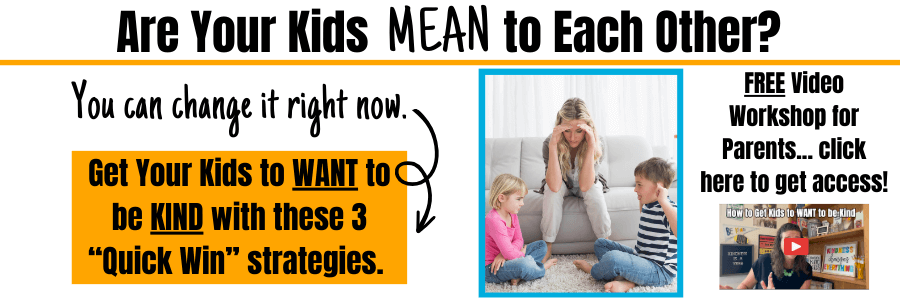
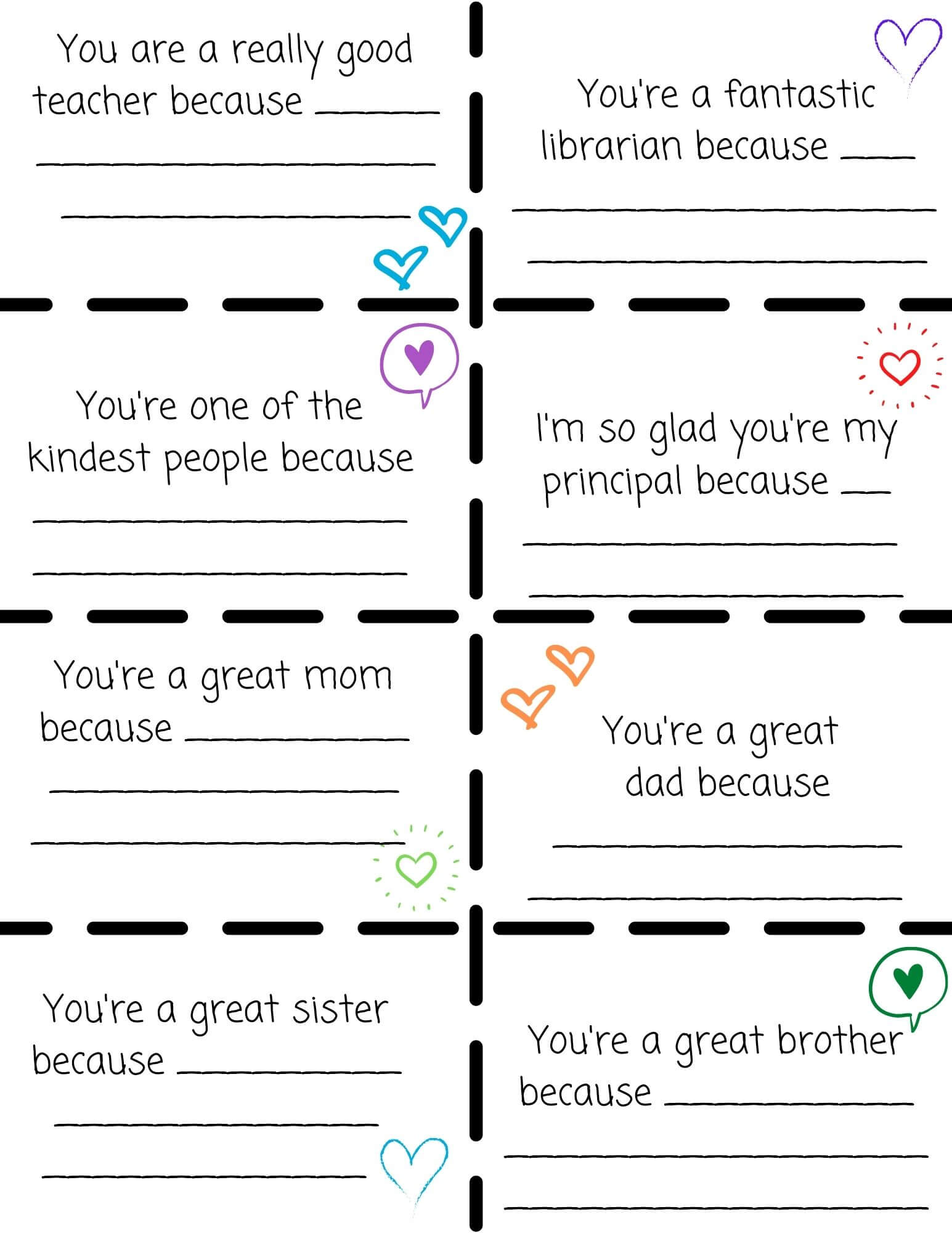
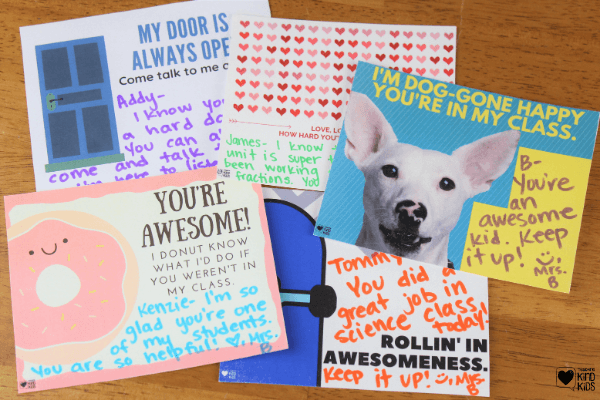
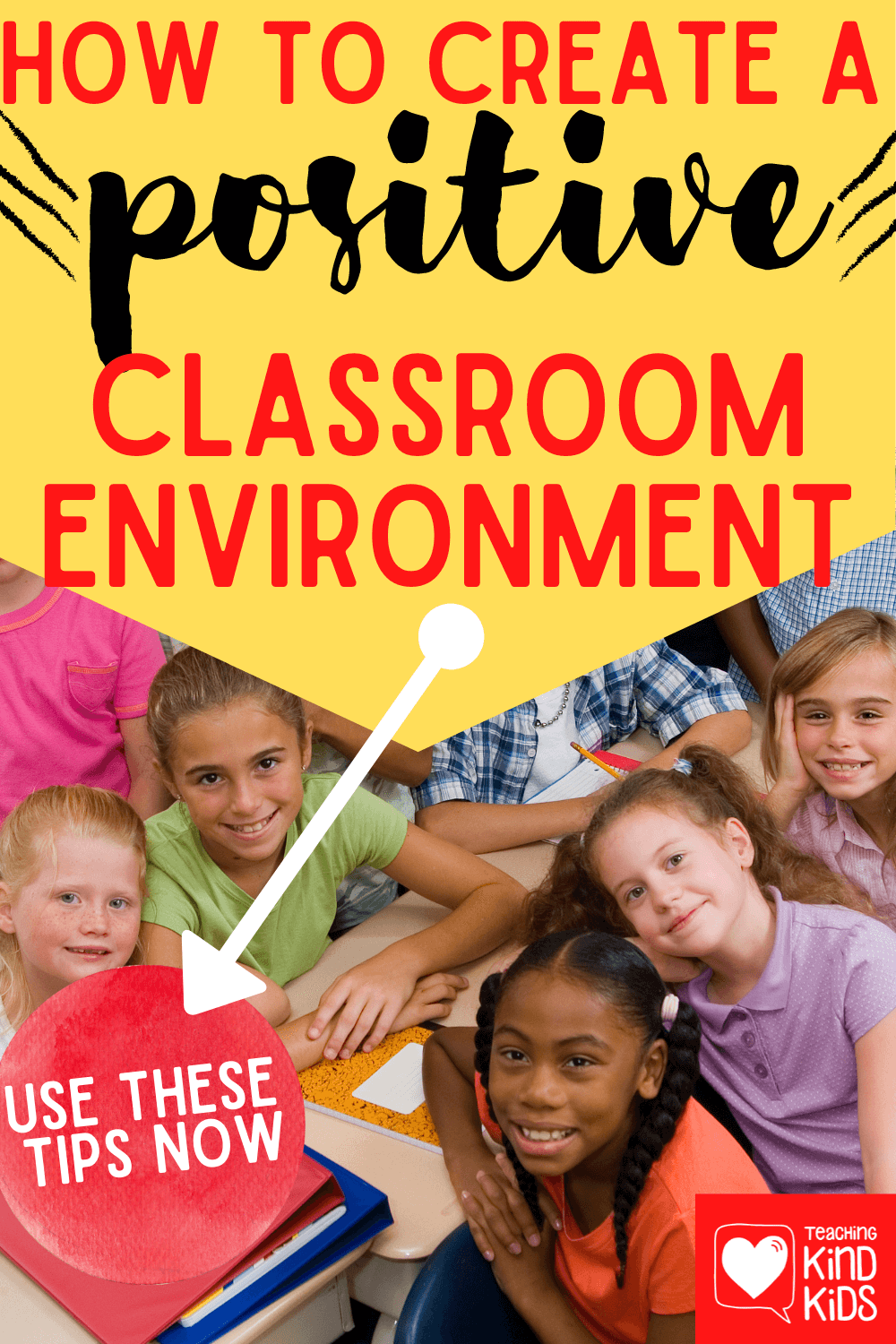

Leave a Reply